In the third quarter of 2021, NFT sales reached $10.7 billion, a 700% increase from the previous quarter, according to data from DappRadar, a market tracker. This has been the year of the NFT, with collectors buying photographs (among other digital artworks) through both traditional auction houses and new marketplaces. In April, the first-ever physical NFT gallery, Superchief in New York City, opened its doors. Prominent photographers, like the fashion photographer Lindsay Adler, have dropped their first digital artworks this year (we’ll hear from her later in this story).
Lindsay Adler’s NFT collection
So, what are NFTs? You can think of NFTs, or non-fungible tokens, as you would a certificate of authenticity. (Fungibility basically means something is interchangeable; non-fungible means it’s unique.) While many versions of a photograph might exist online, an NFT allows the artist to say that a specific version is an original, authentic artwork. NFTs can’t be duplicated or faked, so it’s a system that allows for digital ownership. Sure, someone could pull or screen grab an identical photo from your website, but it wouldn’t be the “real thing.”
Note: NFTs aren’t just for photographs; they can be attached to videos, illustrations, graphic design works, digitized artwork, and much more.
While the idea of artwork and collectibles that exist solely in the digital world might seem strange, it’s spread rapidly over the last year. With NFTs, photographers can sell digital pieces to collectors, while maintaining the copyright over their work. Artists can also set up royalties so that every time a buyer sells the piece to someone else, they get a percentage of the sale.
Ole Henrik Skjelstad’s NFT collection
Minting NFTs
The majority of photographers sell NFTs through a dedicated marketplace. To mint and list an NFT on a marketplace that uses the Ethereum blockchain, as many do, you’ll pay using ether (ETH), a type of digital coin. Ethereum has undergone dramatic price fluctuations, reaching all the way up to $4,800 per coin in November. Some trading platforms, including the more eco-friendly ones that we recommend, will use other cryptocurrencies instead of ether, so do your research. (More on this later.)
You can buy ether on cryptocurrency exchanges like Coinbase, or you can do it through platforms like PayPal or Venmo. From there, you’ll set up a digital wallet to use on NFT marketplaces. There are many different NFT marketplaces to choose from, depending on your niche and needs. The minting and listing prices will vary, but it’s not free; you can expect the equivalent of around $70 to $100. It’s important to be aware of these fees going in, as they can catch some new artists by surprise.
In some ways, listing an NFT on a marketplace is a bit like listing a limited edition print. You choose the edition and add any relevant information. These details cannot be changed after the NFT is minted, so if you’re not sure, wait a few days and come back to it when you’re ready. After minting, go ahead and list it for sale; by setting a reserve price, you set the minimum you’re willing to accept for the artwork.
(If you’re still confused, Lindsay Adler actually filmed the process of creating her first NFT, in collaboration with Adorama. In the video, she breaks down every step involved. You can watch it here.)
Lindsay Adler’s NFT collection
Tips for photographers entering the NFT space
Be very selective about what you mint
Minting costs money, so use that as an incentive to only list your best work. Lindsay Adler, the renowned fashion photographer, has minted only three pieces to date (you can find them here). “I think scarcity, as with the fine art world, is important,” she tells us. If your first piece(s) don’t sell right away, wait a while before adding additional ones. Take it slow, and don’t be afraid to sit back and observe the market before jumping on board.
Ole Henrik Skjelstad’s NFT collection
Engage with the community
After you mint an NFT, it’s time to spread the word. NFT communities are particularly active on Twitter and Twitter Spaces, but you can use all your social channels to market your work. The Clubhouse app is also a popular spot to meet people, learn, and market yourself. Networking is the name of the game—just be sincere and genuine about it.
To be clear, we’re not recommending you spam people with your listings; don’t “shill” your work (i.e., actively promote your NFT) unless you’re invited to do so. Instead, we suggest following and engaging with photographers and digital collectors who are already active in the space.
Support work you love, and in turn, you might get support back. When you set up your profile on one of these marketplaces, tell your story, and share a bit of yourself with potential buyers. After you sell a piece, stay in touch with the collector, and nurture those relationships, as NFT buyers can become repeat customers.
Price your work wisely
Pricing is a tricky—and personal—subject, and there’s no right or wrong answer. In the end, it comes down to valuing your work while also staying accessible. On one hand, you want to factor in all your costs, including the fees associated with minting and listing your NFTs, and not price your work too low.
On the other hand, it’s much easier to raise your prices than it is to lower them, so it doesn’t hurt to start with something affordable. Do some digging to see what prices other photographers at a similar stage in their careers have set; you don’t have to charge the same thing, of course, but that information can provide some context. Once you make some sales, you can always increase your prices.
Lindsay Adler’s NFT collection
Be an original
There’s so much hype around NFTs right now that it can be easy to try to “copy” established artists. While it’s important to network and make connections within the industry, buyers crave originality. “When selling your first NFT, ask yourself, ‘what makes me different?’ and ‘what makes this piece unique?’” Lindsay Adler suggests. “If your shot is just a pretty photo, that’s not enough to make it a desirable piece of artwork to invest in.”
Get creative, and think outside the box. “My NFTs all have an element that is animated or moving,” Lindsay says. Before jumping on the NFT train, brainstorm ways to differentiate yourself in the eyes of collectors. It could be a niche subject matter, an animation or moving element, or something else entirely. Your work might not be a fit for everyone, but in time, it’ll reach the right people.
Looking ahead: Cleaner NFTs?
We discussed the environmental costs of cryptocurrencies in our previous article about what you need to know about NFTs as a photographer, but it’s too often overlooked, and it bears repeating. Here’s the problem: Ethereum currently runs on a “proof of work” system, which is extremely energy inefficient, and as a result, NFTs can have massive carbon footprints. Many artists have worked hard to offset their emissions, but the truth is that’s very difficult to do, as some cryptocurrencies use tremendous amounts of energy.
While lots of NFTs currently fall under the “dirty” umbrella, artists are pushing back and demanding more ethical options and “clean” alternatives. Generally, these alternative platforms use cryptocurrencies that run on a “proof of stake” system. hic et nunc is one of them. We recommend checking out CleanNFTs.org for more information on the future of crypto art and the environment. Some good news: Ethereum is planning to switch to “proof of stake” in 2022, if you want to wait.
There’s even a bounty out for more ecologically-friendly NFTs, known as the GreenNFTs bounty. This discussion is ever-evolving, so do your research, and spread awareness to educate other artists on the environmental concerns surrounding NFTs. As we said before, photographers are not to blame for this problem, but artists do have a voice—and they also have a say in how we proceed. As more of us become aware of the seriousness of the issue, we can start to work together to demand and inspire change that benefits both artists and the environment.
Not on 500px yet? Sign up here to explore more impactful photography.

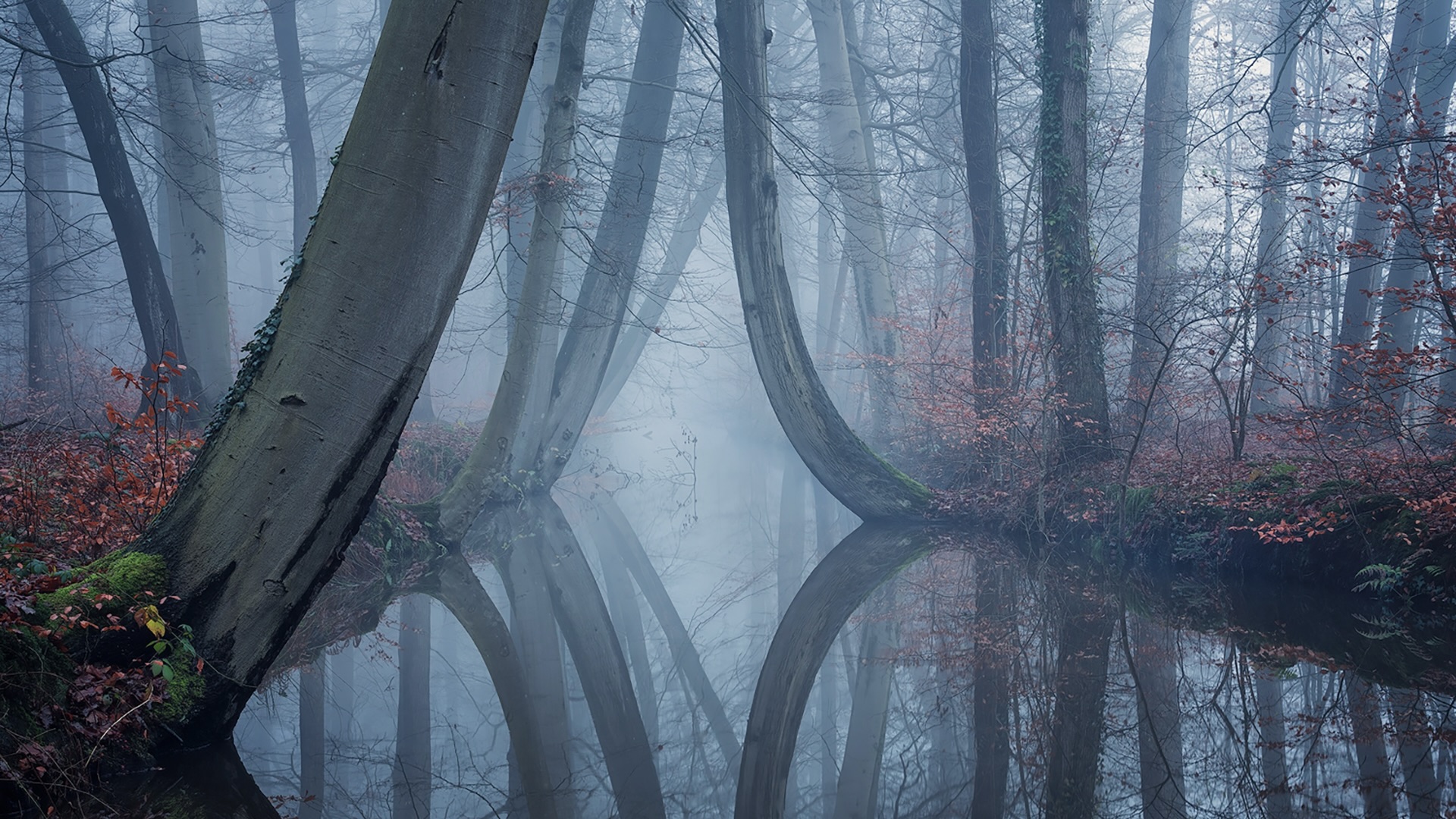
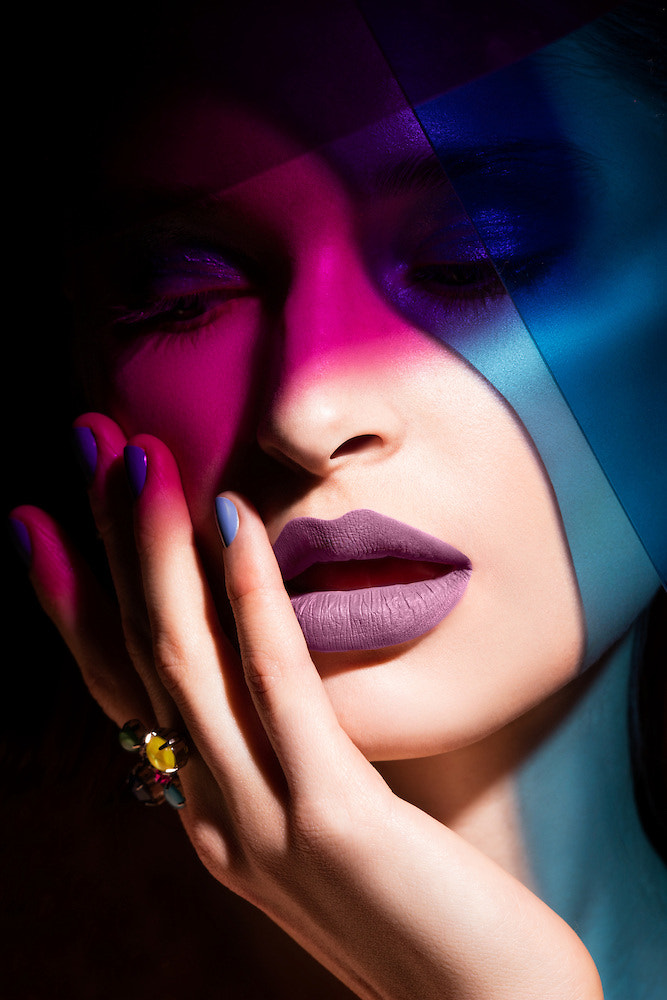
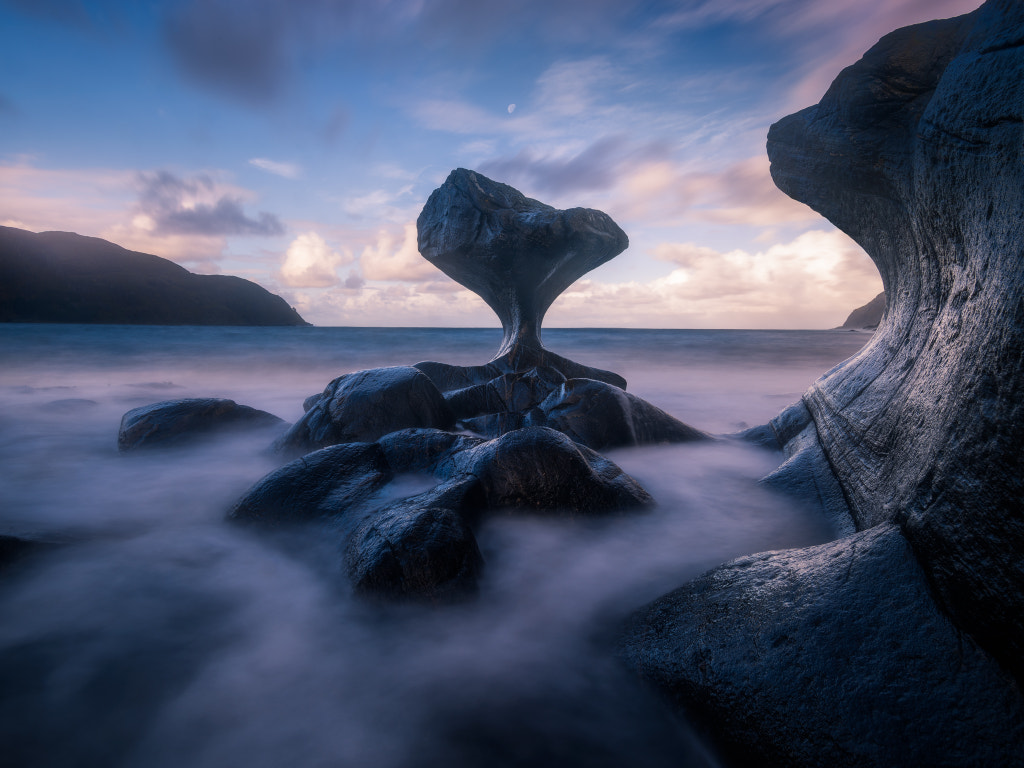
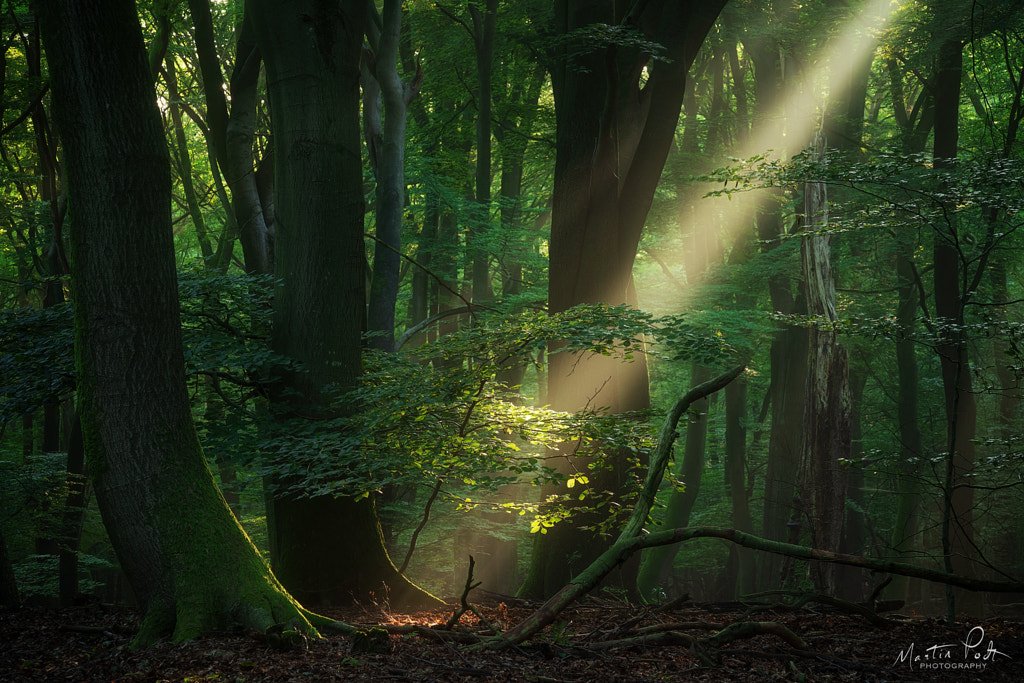

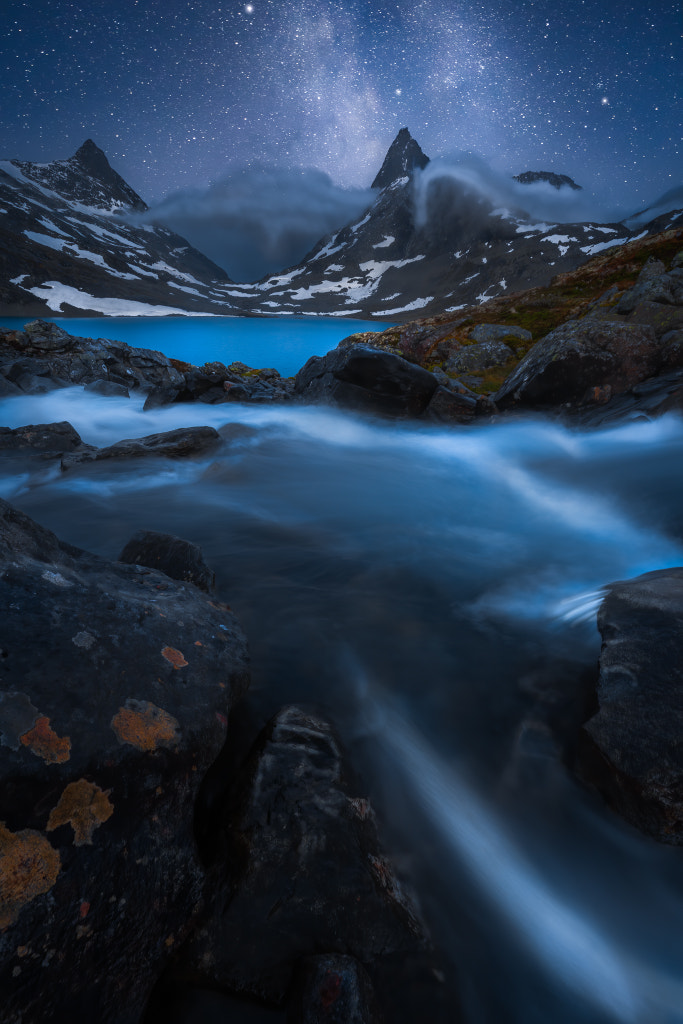
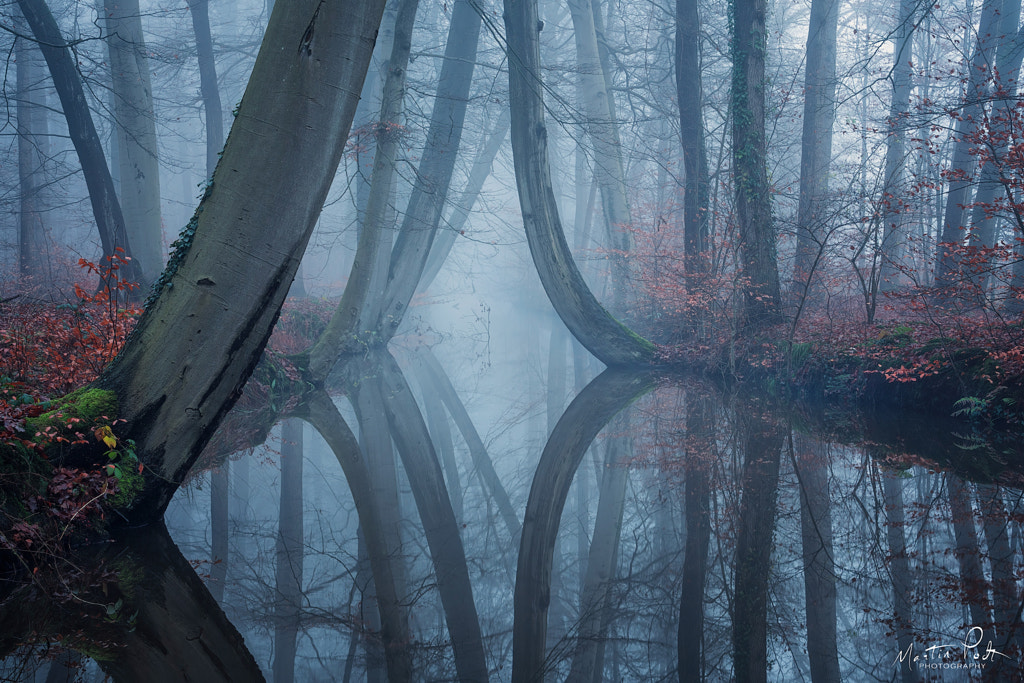
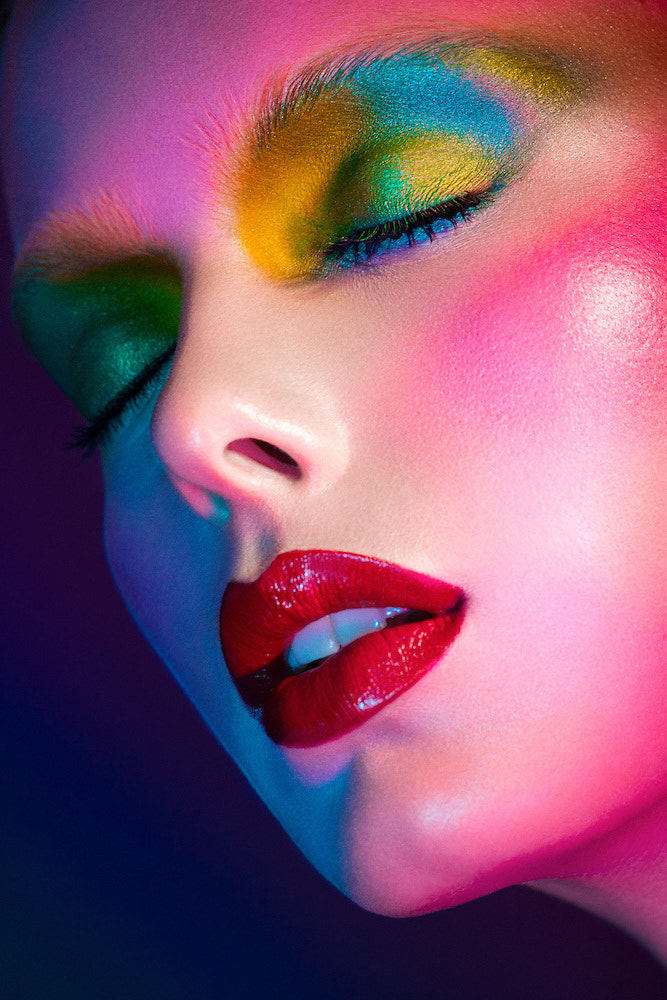
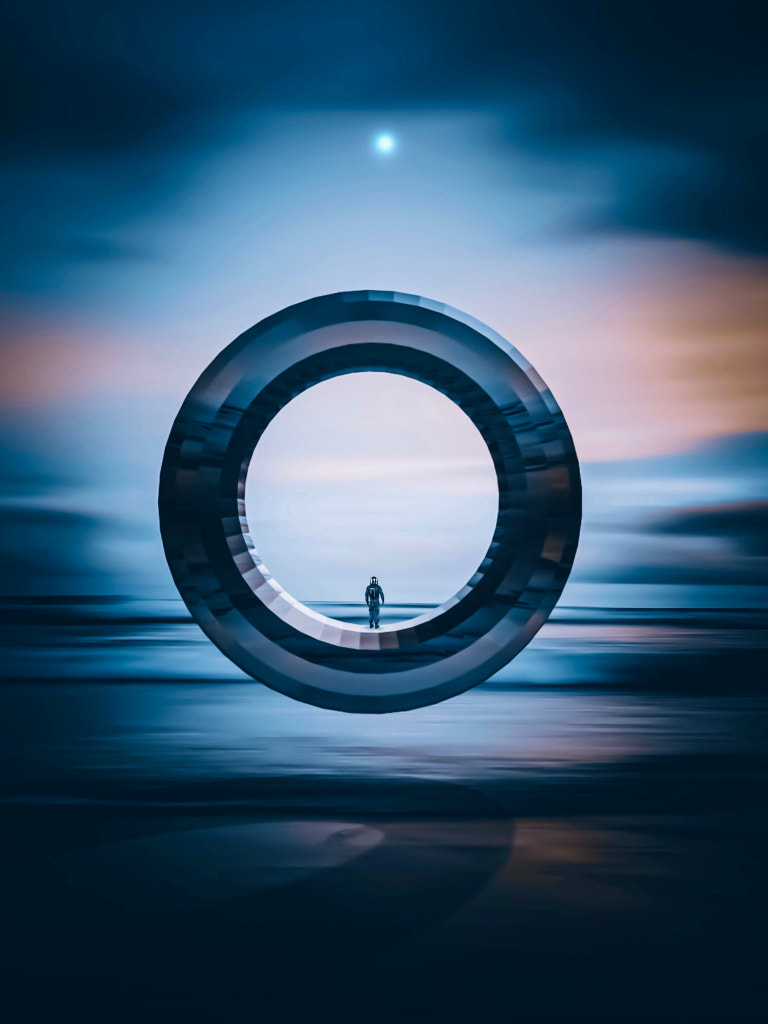
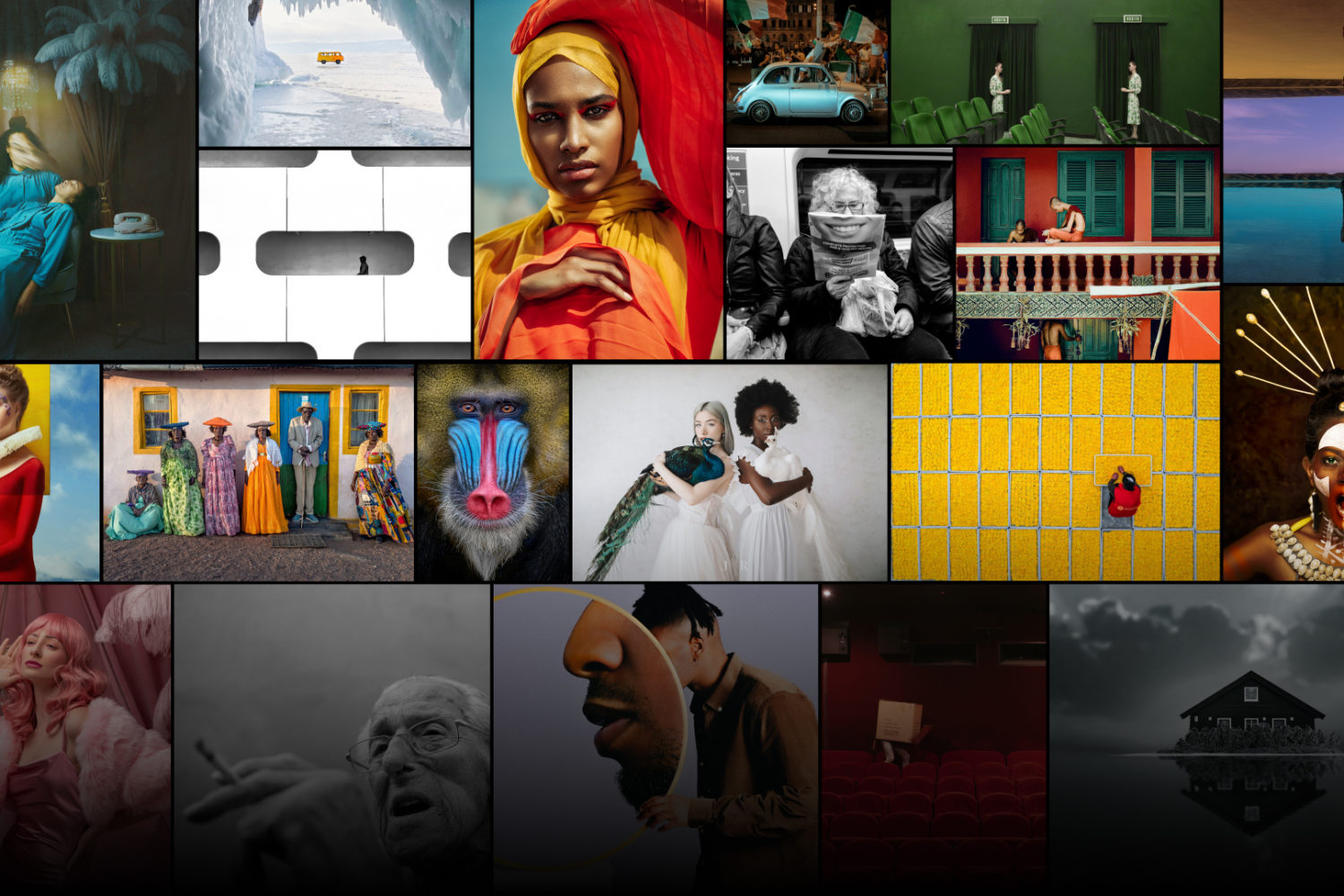
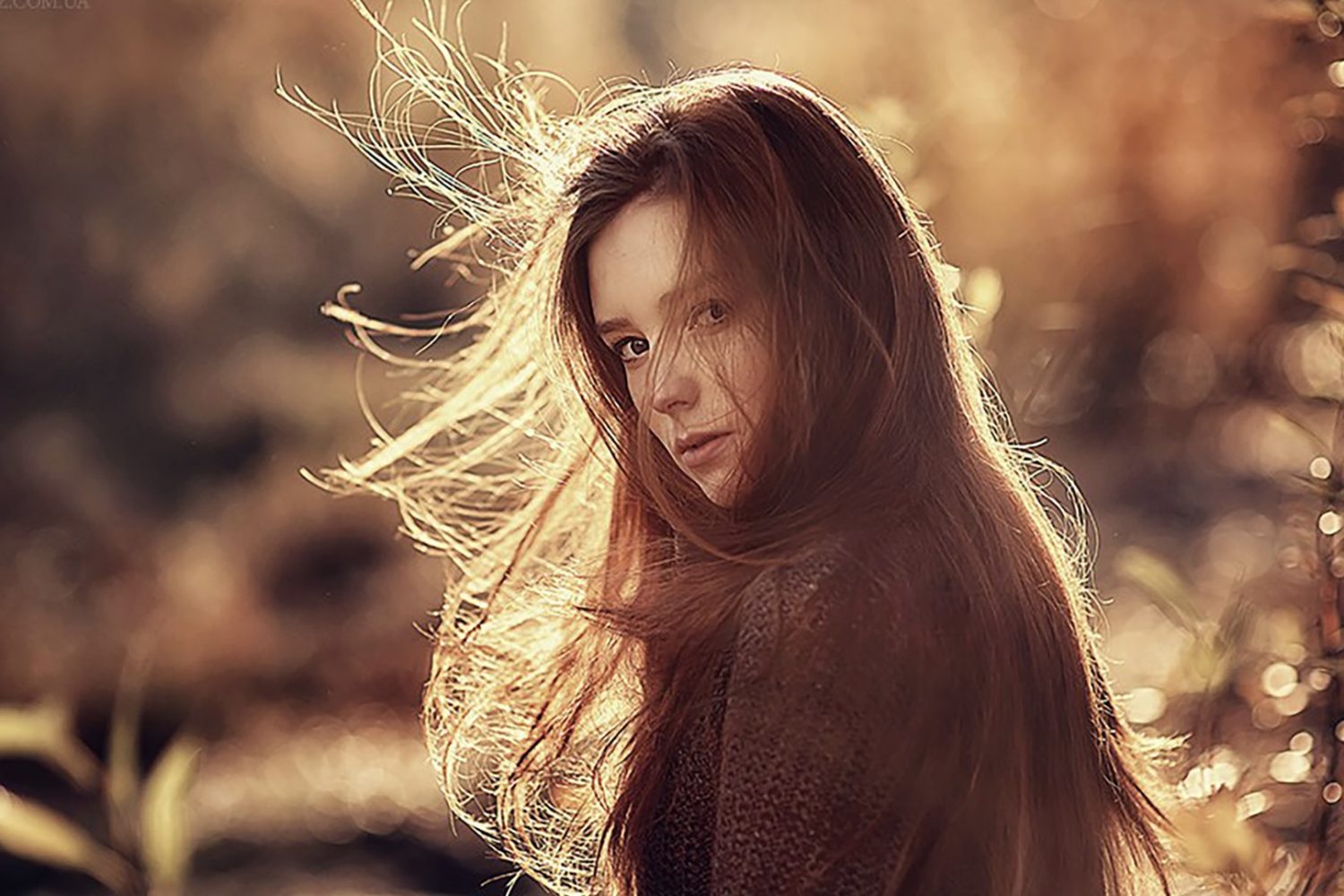

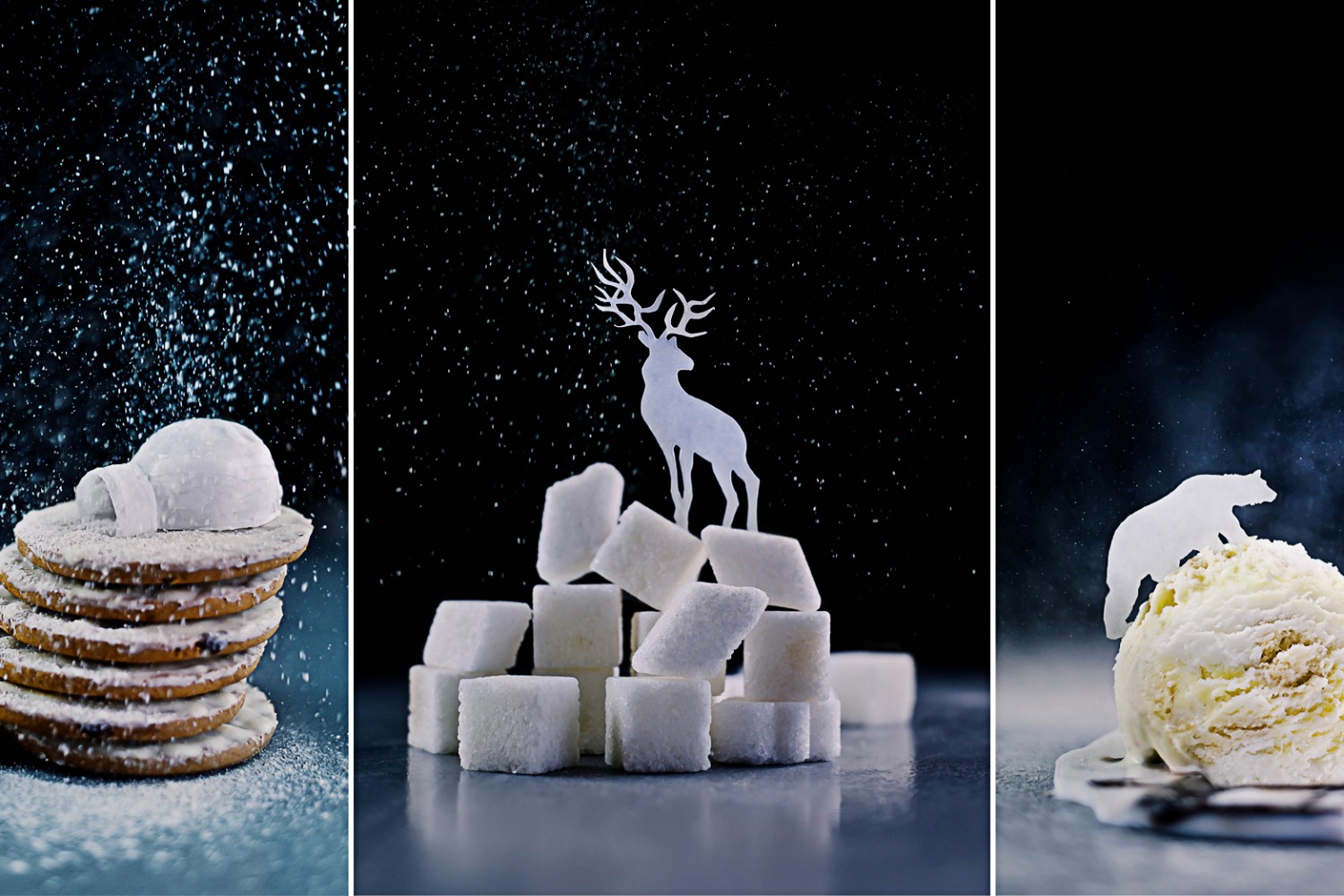
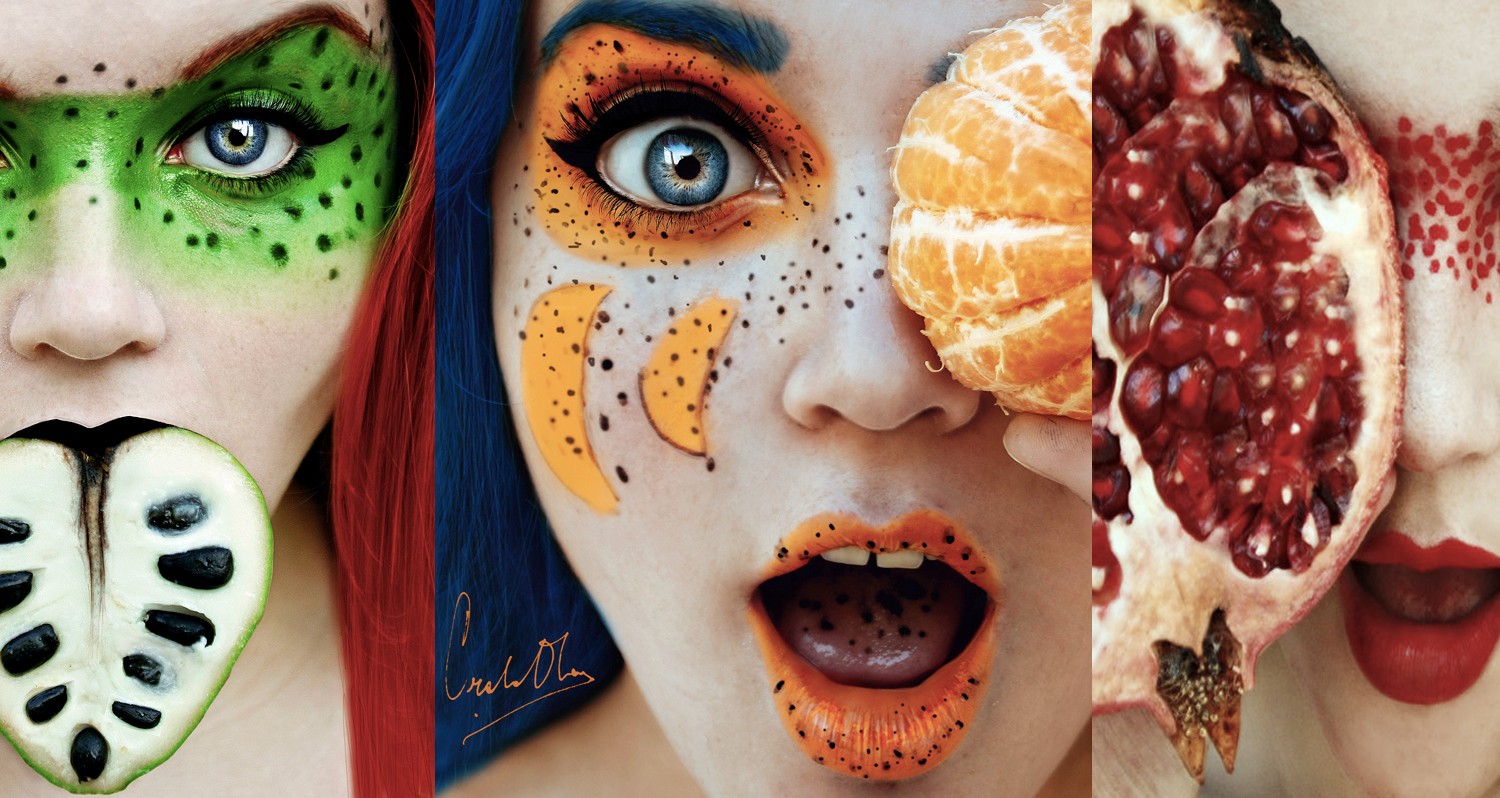
Leave a reply